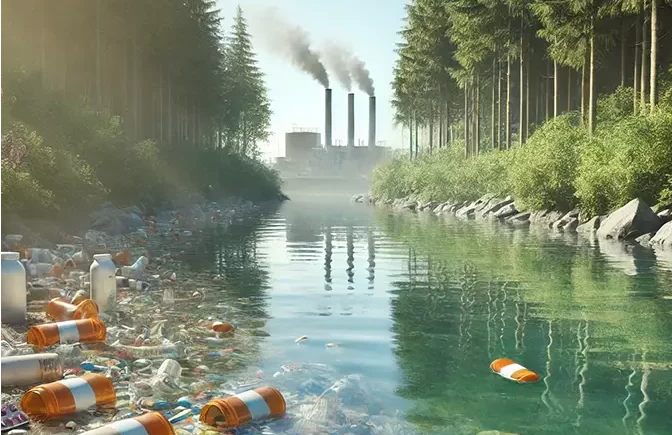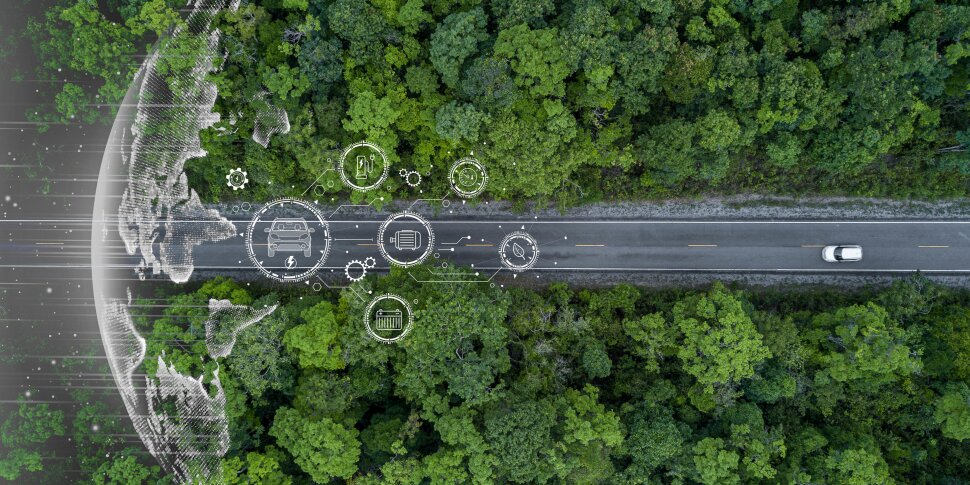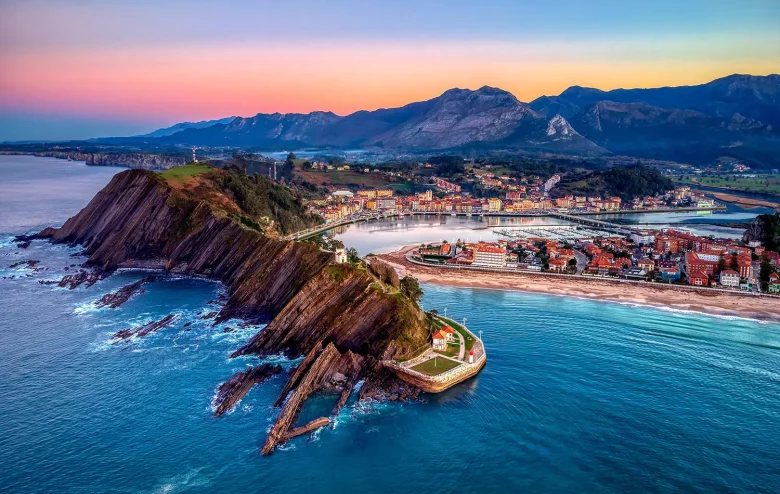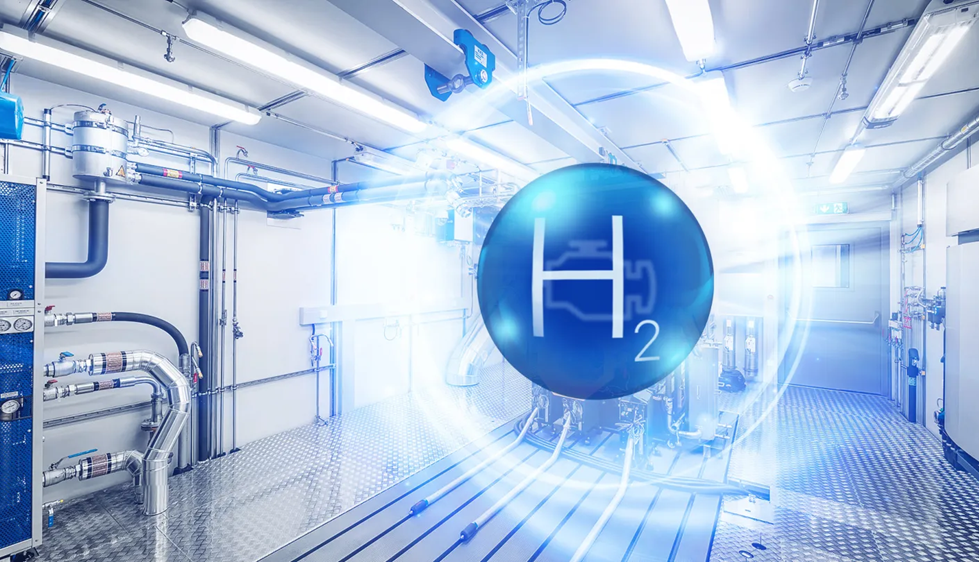Management Options for Large Metropolitans on the Verge of a Water Stress
Downloads
Doi:10.28991/HEF-2022-03-03-06
Full Text:PDF
Downloads
Taylor, T, & Goldstein, R. (2010). Sustainable Water Resources Management, Volume 3: Case Studies on New Water Paradigm. Electronic Power Research Institute (EPRI), Palo Alto, United States.
Mehboob, M. S., & Kim, Y. (2021). Effect of climate and socioeconomic changes on future surface water availability from mountainous water sources in Pakistan's Upper Indus Basin. Science of the Total Environment, 769, 144820. doi:10.1016/j.scitotenv.2020.144820.
Chartzoulakis, K., & Bertaki, M. (2015). Sustainable water management in agriculture under climate change. Agriculture and Agricultural Science Procedia, 4, 88-98. doi:10.1016/j.aaspro.2015.03.011.
Frenken, K. (2012). Irrigation in Southern and Eastern Asia in figures: AQUASTAT Survey-2011. Water Reports, FAO Land and Water Division. Available online: https://www.ipcinfo.org/fileadmin/user_upload/faowater/docs/WR_37_web.pdf (accessed on June 2022).
Vallee, D., Margat, J., Eliasson, A., & Hoogeveen, J. (2003). Review of world water resources by country. Food and Agricultural Organization of the United Nations (FAO), Rome, Italy.
Flint, R. W. (2004). The sustainable development of water resources. Water Resources Update, 127, 41-51.
Hassan, M. (2016). Water security in Pakistan: Issues and challenges. United Nations Development Programme Pakistan, 3(4), 1-34.
Mustafa, D., Akhter, M., & Nasrallah, N. (2013). Understanding Pakistan's water-security nexus. Institute of Peace, Washington, United States.
Siegmann, K. A., & Shezad, S. (2006). Pakistan's water challenges: a human development perspective. Working paper Series # 105, Sustainable Development Policy Institute, Islamabad, Pakistan.
Siyal, A. W., Gerbens-Leenes, P. W., & Nonhebel, S. (2021). Energy and carbon footprints for irrigation water in the lower Indus basin in Pakistan, comparing water supply by gravity fed canal networks and groundwater pumping. Journal of Cleaner Production, 286, 125489. doi:10.1016/j.jclepro.2020.125489.
Birdsall, N., Kelley, A. C., & Sinding, S. W. (2001). Population Matters: Demographic Change, Economic Growth, and Poverty in the Developing World. Oxford University Press, New York, United States. doi:10.1093/0199244073.001.0001.
Brown, R. R., Keath, N., & Wong, T. H. F. (2009). Urban water management in cities: historical, current and future regimes. Water Science and Technology, 59(5), 847–855. doi:10.2166/wst.2009.029.
Young, W. J., Anwar, A., Bhatti, T., Borgomeo, E., Davies, S., Garthwaite III, W. R., Gilmont, E. M., Leb, C., Lytton, L., Makin, I., & Saeed, B. (2019). Pakistan Getting More from Water. Water Papers, World Bank Group. doi:10.1596/31160.
Watkins, K. (2006). Human Development Report 2006-Beyond scarcity: Power, poverty and the global water crisis. UNDP Human Development Reports (2006), United Nations-Human Development Report Office, New York, United States.
State Bank of Pakistan. (2017). Annual Report of State Bank of Pakistan (2016-2017). States bank of Pakistan, Karachi, Pakistan. Available online: https://www.sbp.org.pk/reports/annual/arFY17/Anul-index-eng-17.htm (accessed on March 2022).
Islam-ul-Haque, L. C., & Falak, J. (2018). Water Resources Management Karachi: The Uroos-ul-Bilaad. Mitigation Intervention & Strategies to Enhance Safe Drinking water Availability and For Improved Health and Hygiene Environments, Centre for Peace, Security and Development Studies (CPSD). Available online: http://www.cpsd.org.pk/img/Water-crisis-management-Report.pdf (accessed on June 2022).
Ahmad, M., & Burki, S. J. (2016). Water crisis in Karachi: old issues needing a new look. Business Recorder. BIPP Policy Brief 29/2016. Available online: http://www.sjbipp.org/publications/PB/pdf/PB-29-16.pdf (accessed on March 2022).
Bhutta, M. N., Chaudhry, M. R., & Chaudhry, A. H. (2005). Groundwater quality and availability in Pakistan. Proceedings of the seminar on strategies to address the present and future water quality issues, 6-7 March, 2002, Council of Research in Water Resources, Islamabad, Pakistan.
Hasan, S. (2013). The 12 remaining Dumlottee wells. Dawn News. Available online: https://www.dawn.com/news/1033855 (accessed on June 2022).
Hasan, S. (2015). Hub dam water level rises to 289 feet. Dawn News. Available online: https://www.dawn.com/news/1197188 (accessed on March 2022).
WWF Report. (2019). Situational Analysis of Water Resources of Karachi. Project Funded by the European Union. Available online: https://d2ouvy59p0dg6k.cloudfront.net/downloads/report___situational_analysis_of_water_resources_of_karachi.pdf (accessed on March 2022).
Wajdi, M. A. Z. (1992). A Study of the Legal and Constitutional Development of Municipal Administration in Karachi from 1933 to 1946. Journal of the Pakistan Historical Society, 40(2), 161-174.
NesPAK (2018). "Feasibility Study of Present Network of Kalri Baghar Feeder and Keenjhar Lake and Suggesting Measures for Up-Gradation of the Same to Enhance Water Requirement from Keenjhar Lake to Karachi Water and Sewerage Board (KW&SB)”. National Engineering Services Pakistan NES, Lahore, Pakistan. Available online: https://www.nespak.com.pk/pdf/MDR-18-PDF.pdf (accessed on March 2022).
NesPAK (2021). Third Party Design Review of the Greater Karachi Bulk Water Supply Scheme K-IV Project. National Engineering Services Pakistan NES, Lahore, Pakistan. http://www.wapda.gov.pk/index.php/projects/water-sector/o-m/kachhi-canal-project/item/646-the-greater-karachi-bulk-water-supply-scheme-k-iv (accessed on March 2022).
Kazmi, S. J. H., Shaikh, S., Tamiz, I., Khan, S., & Arsalan, M. H. (2015). EIA of K-IV Project: jointly conducted by University of Karachi, Osmani & Company and KW&SB, Karachi, Pakistan.
- The authors retain all copyrights. It is noticeable that authors will not be forced to sign any copyright transfer agreements.
- This work (including HTML and PDF Files) is licensed under a Creative Commons Attribution 4.0 International License.














